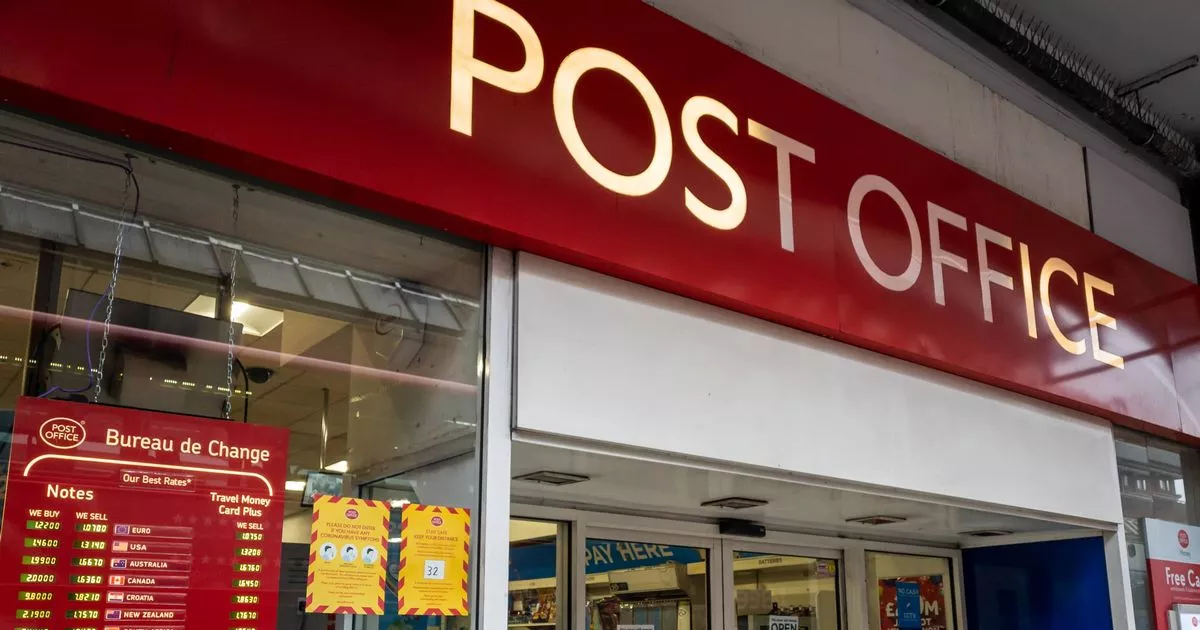IDS overview:
- Revenue £12,679 million, up £635 million year-on-year, driven by GLS and strong H2 in Royal Mail.
- Reported operating profit of £26 million (2022-23: loss of £742 million); adjusted operating loss1 reduced to £28 million (2022-23: loss of £71 million).
- Adjusted operating profit1 in GLS of £320 million and adjusted loss of £348 million in Royal Mail;
- Excluding voluntary redundancy charges, Royal Mail adjusted operating loss was £336 million, broadly offset by GLS adjusted operating profit, as expected.
- Strong balance sheet retained with ample liquidity:
- Dividend: final dividend proposed of 2.0p for 2023-24, funded by GLS, as previously indicated;
Royal Mail: crossed an inflection point, although headwinds remain
- Strong letter revenue growth and parcels recovery in second half
- Royal Mail close to breakeven in H2 at the adjusted operating level1, excluding voluntary redundancy charges.
- Operational turnaround accelerating at pace:
- Quality of service on positive trajectory across both commercial and Universal Service Obligation (USO) products, although still below USO targets, with more to do.
- Modernisation agenda progressing: significant expansion of out-of-home footprint with new partnerships and plans to increase parcel drop off locations by more than 50% to 21,000; optimising and automating parcel hubs; delivering CWU agreement and productivity improvements; reducing CO2
- No timetable as yet for reform of Universal Service: Royal Mail‘s proposal would:
- Ensure a more efficient and financially sustainable Universal Service;
- Maintain the one-price-goes-anywhere service for the entire UK;
- Continue with six-days a week delivery for First Class letters;
- Ofcom should act without delay.
- Emma Gilthorpe joined on 1 May as Royal Mail Chief Executive Officer (CEO).
GLS: revenue growth and adjusted operating profit at upper end of guidance; continuing to invest to deliver on strategic priorities
- Good revenue growth of 4.6% year-on-year driven by B2C and cross-border.
- Investing to support strategic ambitions: expanding network capacity, launching two new hubs and investing in automation; parcel lockers grew by 53%.
- Adjusted operating profit lower year-on-year, as expected, due to inflationary pressures not fully offset by pricing and efficiency measures, and impact of strategic investments.
Martin Seidenberg, Chief Executive Officer of IDS commented: “IDS delivered a good performance during the year in a challenging macroeconomic environment. “I would like to thank all my colleagues across both Royal Mail and GLS who have worked hard over the past year to serve our customers and play their part in the progress we have made.
“In the last six months we have set Royal Mail on the right trajectory. We made good progress delivering our modernisation agenda and returned to growth in the second half. We have improved quality, won back customers lost during industrial action, controlled costs and delivered Christmas for our customers. Positive momentum is building, although there is hard work in front of us to get back to profitability.
“GLS delivered a strong financial performance, with volume growth of 5% and revenue growth in almost all markets. Operating margin is lower than prior year due to prolonged investment into growth, and cost pressures, both of which we see continuing.
“The transformation of Royal Mail must be supported by Universal Service reform. Our proposal to Ofcom would deliver a more efficient, more reliable and more financially sustainable service, whilst protecting what matters most to customers. The need for reform is urgent and these changes, which do not require legislative change, should be enacted quickly by Ofcom. They just need to get on with it.”
Source link



